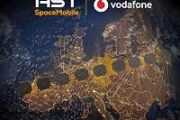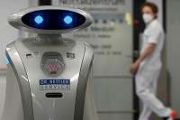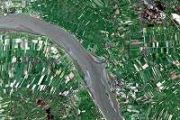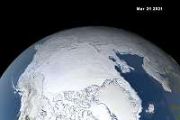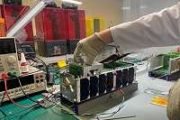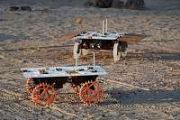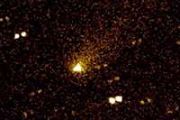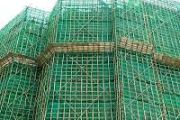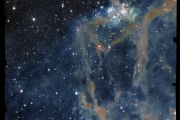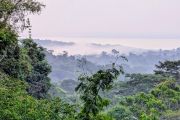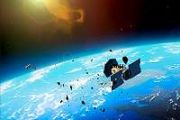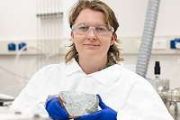
Copernical Team
ESA Highlights: the best of ESA in 2022
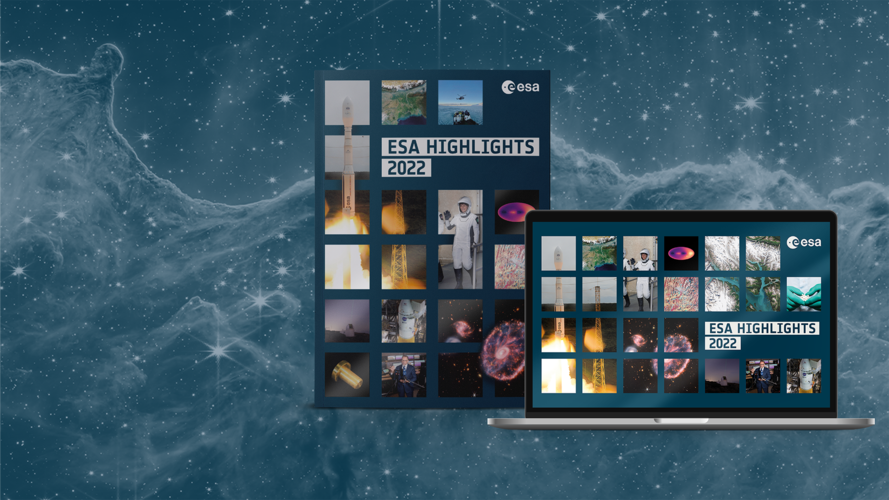
ESA Highlights: the best of ESA in 2022
ESA Highlights 2022 is available online in this interactive format, which can be read on your desktop computer, laptop, tablet or phone.
Watch live launch of Meteosat Third Generation Imager-1
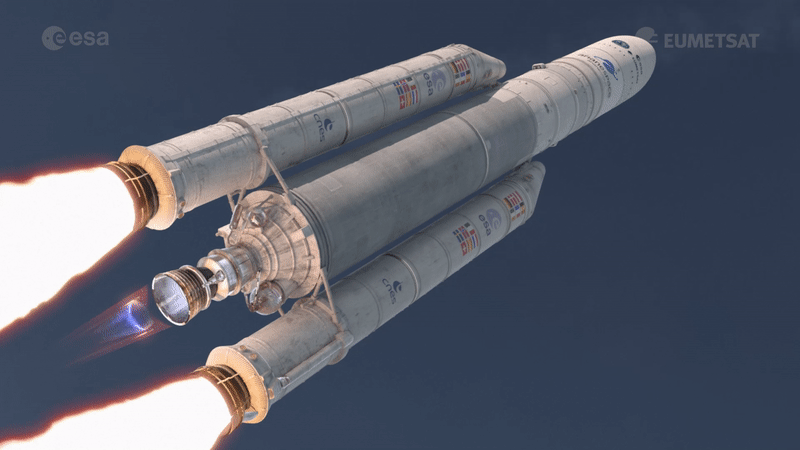
On 13 December, the first of a new generation of satellites designed to revolutionise weather forecasting in Europe will take to the skies. ESA and the European Organisation for the Exploitation of Meteorological Satellites (Eumetsat) invite you to follow the live coverage for the launch of the first Meteosat Third Generation satellite starting from 19:40 CET on ESA Web TV.
China's new space station opens for business in an increasingly competitive era of space activity
 The International Space Station is no longer the only place where humans can live in orbit.
On Nov. 29, 2022, the Shenzhou 15 mission launched from China's Gobi Desert carrying three taikonauts - the Chinese word for astronauts. Six hours later, they reached their destination, China's recently completed space station, called Tiangong, which means "heavenly palace" in Mandarin. The three ta
The International Space Station is no longer the only place where humans can live in orbit.
On Nov. 29, 2022, the Shenzhou 15 mission launched from China's Gobi Desert carrying three taikonauts - the Chinese word for astronauts. Six hours later, they reached their destination, China's recently completed space station, called Tiangong, which means "heavenly palace" in Mandarin. The three ta Orbital Assembly announces hosted payload services with variable gravity on Pioneer Space Station
 Orbital Assembly (OA) is announcing a new program and mission design as well as planning services for station-class hosted payloads" on the company's micro and artificial gravity space stations.
"The International Space Station has a multi-year backlog of companies and institutions seeking to conduct paid research projects in space and the demand is increasing," says Rhonda Stevenson, CEO
Orbital Assembly (OA) is announcing a new program and mission design as well as planning services for station-class hosted payloads" on the company's micro and artificial gravity space stations.
"The International Space Station has a multi-year backlog of companies and institutions seeking to conduct paid research projects in space and the demand is increasing," says Rhonda Stevenson, CEO New nanosatellite tests autonomy in space
 In May 2022, a SpaceX Falcon 9 rocket launched the Transporter-5 mission into orbit. The mission contained a collection of micro and nanosatellites from both industry and government, including one from MIT Lincoln Laboratory called the Agile MicroSat (AMS).
AMS's primary mission is to test automated maneuvering capabilities in the tumultuous very low-Earth orbit (VLEO) environment, startin
In May 2022, a SpaceX Falcon 9 rocket launched the Transporter-5 mission into orbit. The mission contained a collection of micro and nanosatellites from both industry and government, including one from MIT Lincoln Laboratory called the Agile MicroSat (AMS).
AMS's primary mission is to test automated maneuvering capabilities in the tumultuous very low-Earth orbit (VLEO) environment, startin Sidus Space selects Exolaunch for LizzieSat Deployment
 Sidus Space, Inc. (NASDAQ:SIDU), a Space-as-a-Service company focused on mission critical hardware manufacturing combined with commercial satellite design, manufacture, launch, and data collection, recently signed an agreement with Exolaunch to use their CarboNIX separation system to deploy LizzieSatTM satellites during the LizzieSat rideshare missions with SpaceX in 2023 and 2024. This agreemen
Sidus Space, Inc. (NASDAQ:SIDU), a Space-as-a-Service company focused on mission critical hardware manufacturing combined with commercial satellite design, manufacture, launch, and data collection, recently signed an agreement with Exolaunch to use their CarboNIX separation system to deploy LizzieSatTM satellites during the LizzieSat rideshare missions with SpaceX in 2023 and 2024. This agreemen Astronomers report most distant known galaxies, detected and confirmed by JWST
 An international team of astronomers has discovered the earliest and most distant galaxies confirmed to date using data from the James Webb Space Telescope (JWST). The telescope captured light emitted by these galaxies more than 13.4 billion years ago, which means the galaxies date back to less than 400 million years after the Big Bang, when the universe was only 2% of its current age.
Ini
An international team of astronomers has discovered the earliest and most distant galaxies confirmed to date using data from the James Webb Space Telescope (JWST). The telescope captured light emitted by these galaxies more than 13.4 billion years ago, which means the galaxies date back to less than 400 million years after the Big Bang, when the universe was only 2% of its current age.
Ini China's FAST telescope reveals unprecedented details of Milky Way
 The vast space between billions of stars in the Milky Way is not empty, but filled with thin interstellar medium.
Using the Five-hundred-meter Aperture Spherical Radio Telescope (FAST), or the "China Sky Eye," Chinese scientists revealed the unprecedented details of the Galactic interstellar medium.
Led by Han Jinlin, a scientist with the National Astronomical Observatories of China,
The vast space between billions of stars in the Milky Way is not empty, but filled with thin interstellar medium.
Using the Five-hundred-meter Aperture Spherical Radio Telescope (FAST), or the "China Sky Eye," Chinese scientists revealed the unprecedented details of the Galactic interstellar medium.
Led by Han Jinlin, a scientist with the National Astronomical Observatories of China, Curved spacetime in the lab
 According to Einstein's Theory of Relativity, space and time are inextricably connected. In our Universe, whose curvature is barely measurable, the structure of this spacetime is fixed. In a laboratory experiment, researchers from Heidelberg University have succeeded in realising an effective spacetime that can be manipulated.
In their research on ultracold quantum gases, they were able to
According to Einstein's Theory of Relativity, space and time are inextricably connected. In our Universe, whose curvature is barely measurable, the structure of this spacetime is fixed. In a laboratory experiment, researchers from Heidelberg University have succeeded in realising an effective spacetime that can be manipulated.
In their research on ultracold quantum gases, they were able to Let's try that again Amapari: Sols 3677-3679
 On Wednesday, we uplinked a drill plan, to drill the target "Amapari" in the Marker Band. Coming into planning this morning, we learned that the drill was only able to penetrate 7 mm into the hard rock here, and this was not deep enough for the drill to collect sample that could be analyzed by CheMin and SAM. Fortunately, the RPs examined the workspace this morning and found a second similar are
On Wednesday, we uplinked a drill plan, to drill the target "Amapari" in the Marker Band. Coming into planning this morning, we learned that the drill was only able to penetrate 7 mm into the hard rock here, and this was not deep enough for the drill to collect sample that could be analyzed by CheMin and SAM. Fortunately, the RPs examined the workspace this morning and found a second similar are 

